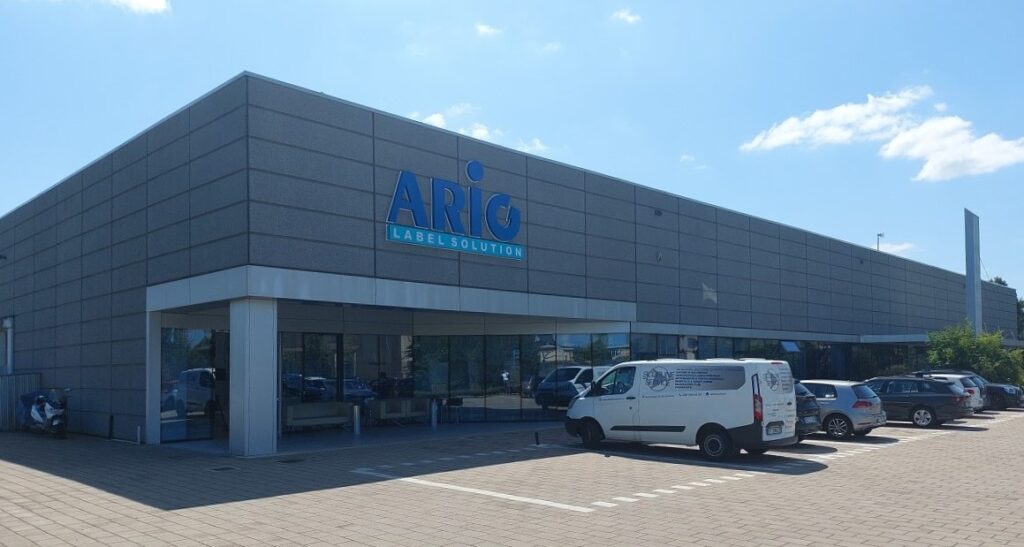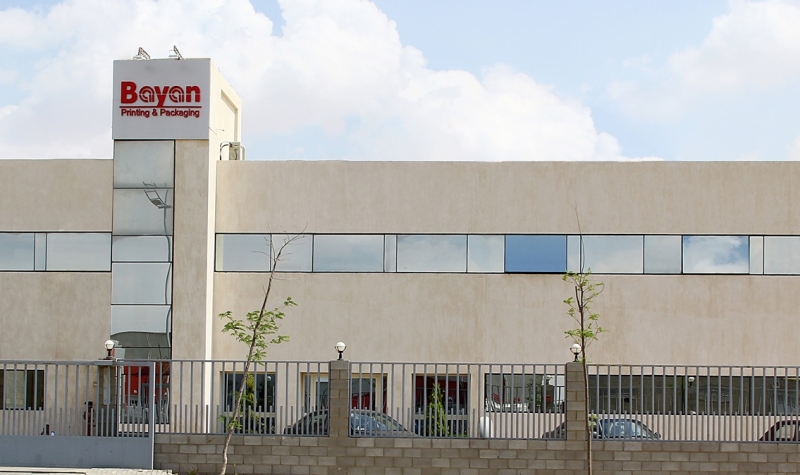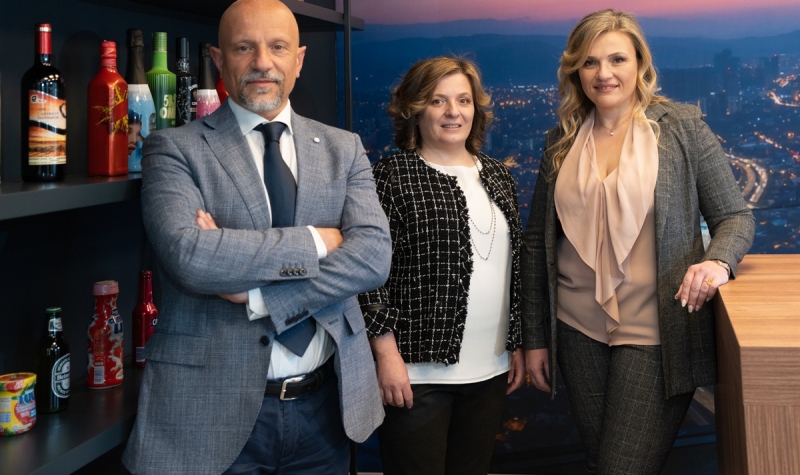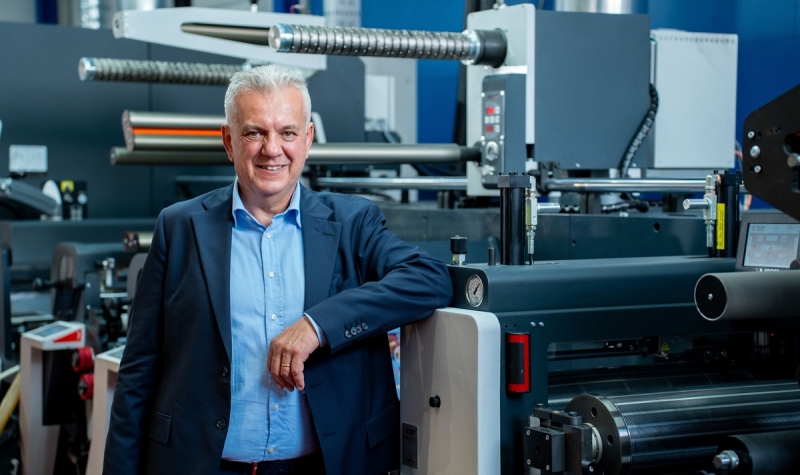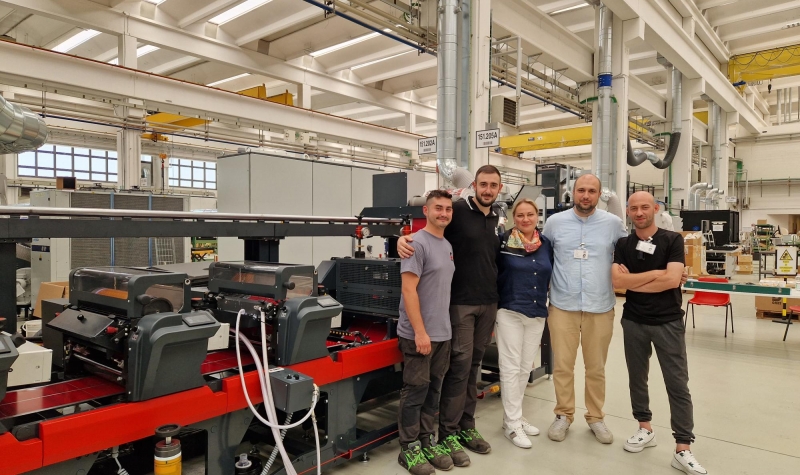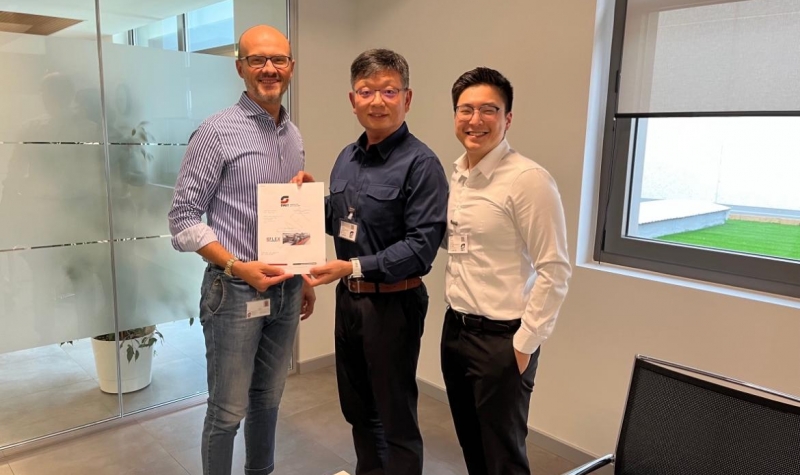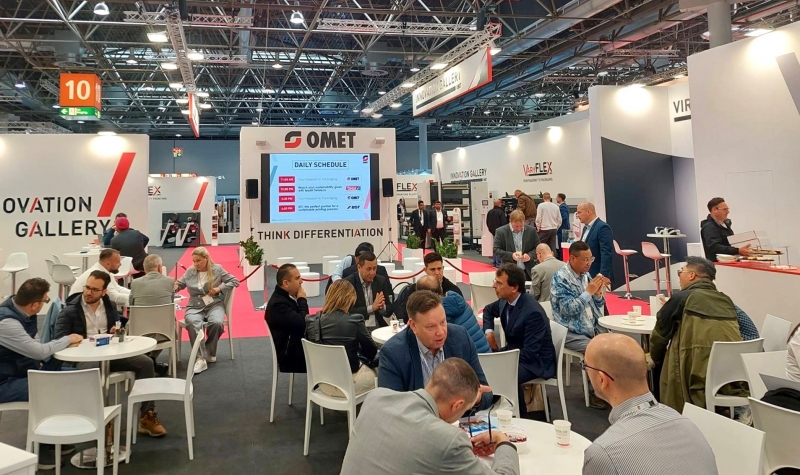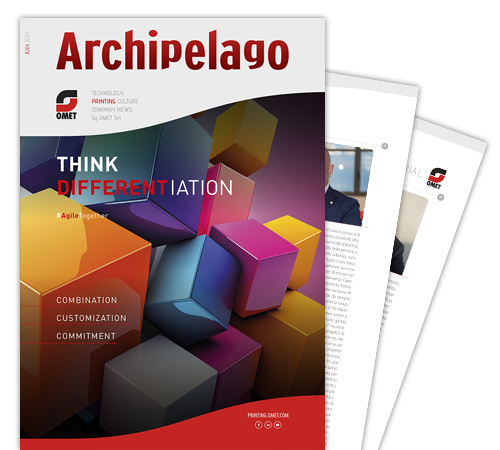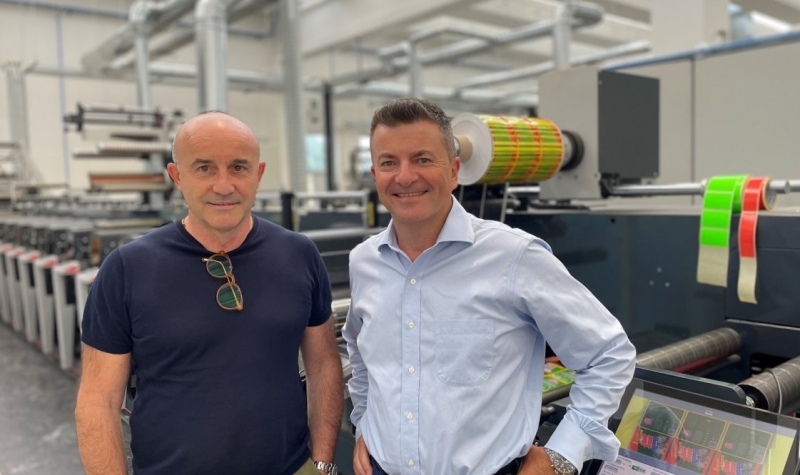
Ario, a new headquarter to look to the future with dynamism and sustainability
Ario is a small Italian gem in the printing of labels and packaging industry. It has started the labels production in the early 2000s, and quickly established itself as a reference manifacturer in Northen Italy. It has recently surpassed the milestone of one hundred employees. A month ago, the inauguration of the new headquarter in Pontoglio (Brescia) took place – a facility that represents an investment not only for growth but also for sustainability.
The industry is still headed by the two founding partners Marco Borali e Massimiliano Marulli, who share their entrepreneurial journey in this interview. They talk about how their business idea came to be, how they gained success, the challenges they faced in recent years, and their vision for the future of the industry.
When, where, and by whom was your company founded?
We founded the company in 1996, but we started producing labels in 2002. Initially, we only manufactured plain labels. However, in 2006, with the acquisition of the first OMET machine, a Flexy model, we began producing colored labels as well. This exceptional machine is still in use today and allows us to achieve unique results.
How did the business idea come about?
We already had experience in the printing industry as sales representatives, but we were on the fringes of the sector. We began to consider the idea of acquiring a machine to produce some labels in-house because the suppliers we relied on were often too slow. From that point on, we progressed every year: demand increased, we purchased new machines, and we expanded our presence in the Italian market.
The development has led to this new headquarters…
We grew within the facilities in Grumello del Monte (Bergamo), gradually occupying additional spaces in the industrial area. About three or four years ago, we felt the need to find a place more suitable for what Ario had become, and at the end of 2021, we identified this facility in Pontoglio (Brescia). We moved here just this year.
What are the product areas you work in, and which are the most important ones?
Flexo printing started to grow immediately after the 2006 purchase of the first Flexy machine, followed by subsequent OMET XFlex X6 machines. About 7-8 years ago, we also acquired our first digital machine. Both technologies have grown, and we acquired two companies, one in Turin and one in Venice. These companies already had a machine park, which we renewed by adding offset and screen printing. Today, these companies, initially acquired for geographic expansion, specialize in certain processes that we perform only in one or the other location. There is excellent collaboration between our production sites.
Which technology is experiencing the most significant growth?
Flexo is growing considerably, but digital printing is also on the rise, not just for small print runs. We continually invest in the most advanced technologies and provide professional training to develop our staff.
How did you decide to invest in OMET technology?
We were seeking reliability. Although we were familiar with the name OMET, we were not fully aware of the characteristics of their offerings. After comparing various players in the market, we decided on OMET, also considering its geographical proximity. Today, we have six OMET machines.
Is it true that you baptize your machines with female names?
Yes, it is true. The first one was Matilde. The first machines were named after Walt Disney movies, then we decided to diversify because they were no longer enough! Nowadays, we have also introduced some male names. In this way we know our machines by name, and we are always able to identify them when talking about them. We always tell a funny anecdote when asked about “an intervention on Wendy” and outsiders do not understand who we are talking about.
What do you appreciate most about OMET machines?
The reliability and the presence of certain key figures we know we can count on when needed. The company is made up of people, and the trust that is built is essential.
How large is your company today?
We have 105 employees and a turnover of 23.5 million euros. Our production facilities cover approximately 10,000 square meters spread across three locations.
What distinguishes you in the market?
We work with passion every day, which, by the way, is also OMET’s motto. Another crucial factor is our drive for continuous improvement: we never settle. Even if we achieve great results, for us it is already in the past, and we set new goals, always aiming to grow. This is not taken for granted. Additionally, we are good with printing techniques and continually invest in both internal growth and customer service, as well as sustainability.
How important is sustainability to you?
One of the main reasons we moved was to complete our sustainability journey and obtain certifications in this field. In this self-owned facility, we were able to implement the most advanced sustainability principles. Sustainability is not just about image or appearance for us; we genuinely believe in its value and want to be prepared for the demands coming from institutions. The entire staff is committed to this goal: we strive to differentiate waste and recycle as much as possible, for instance. We have also invested in tools like spectrophotometers for color recovery and other technologies to reduce production waste.
How did you face the challenges of recent years (pandemic, raw material price surge)?
Each year presented different and unexpected difficulties. During the Covid-19 pandemic, we were right in the epicenter, here in Bergamo. Despite the two months of complete closure, we continued to work, although there was always the fear that someone might get sick. The indiscriminate rise in raw material prices was also extremely challenging. Ario had to make a significant financial effort to procure more materials as soon as possible, without an exact reference price. We rented an external warehouse to stockpile supplies while trying not to lose customers. Every year, we faced a new test, all while investing in this new production site.
How do you foresee the market’s evolution in the near future?
Given the past few years, we try to remain optimistic. However, I cannot be precise about the future. Currently, the difficulty lies in making a growth plan due to too many variables that are not reliable. In 2022, the market seemed “addicted”; everyone was trying to secure significant shares of products, and then suddenly, it came to a halt: the price increases blocked consumption, and as a result, we received fewer label requests. Every family experienced rising utility bills, interest rates, grocery costs—the food sector across Europe is suffering. We are also facing challenges in finding new talents in the job market: we cannot identify the exact reason, but we observe a problem of miseducation towards work, even if it is not about physically demanding or arduous jobs. We hope that the future will lead to a more positive direction.
 is the web magazine with all news about OMET Group
is the web magazine with all news about OMET Group 